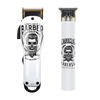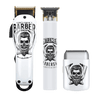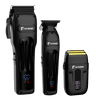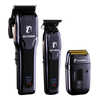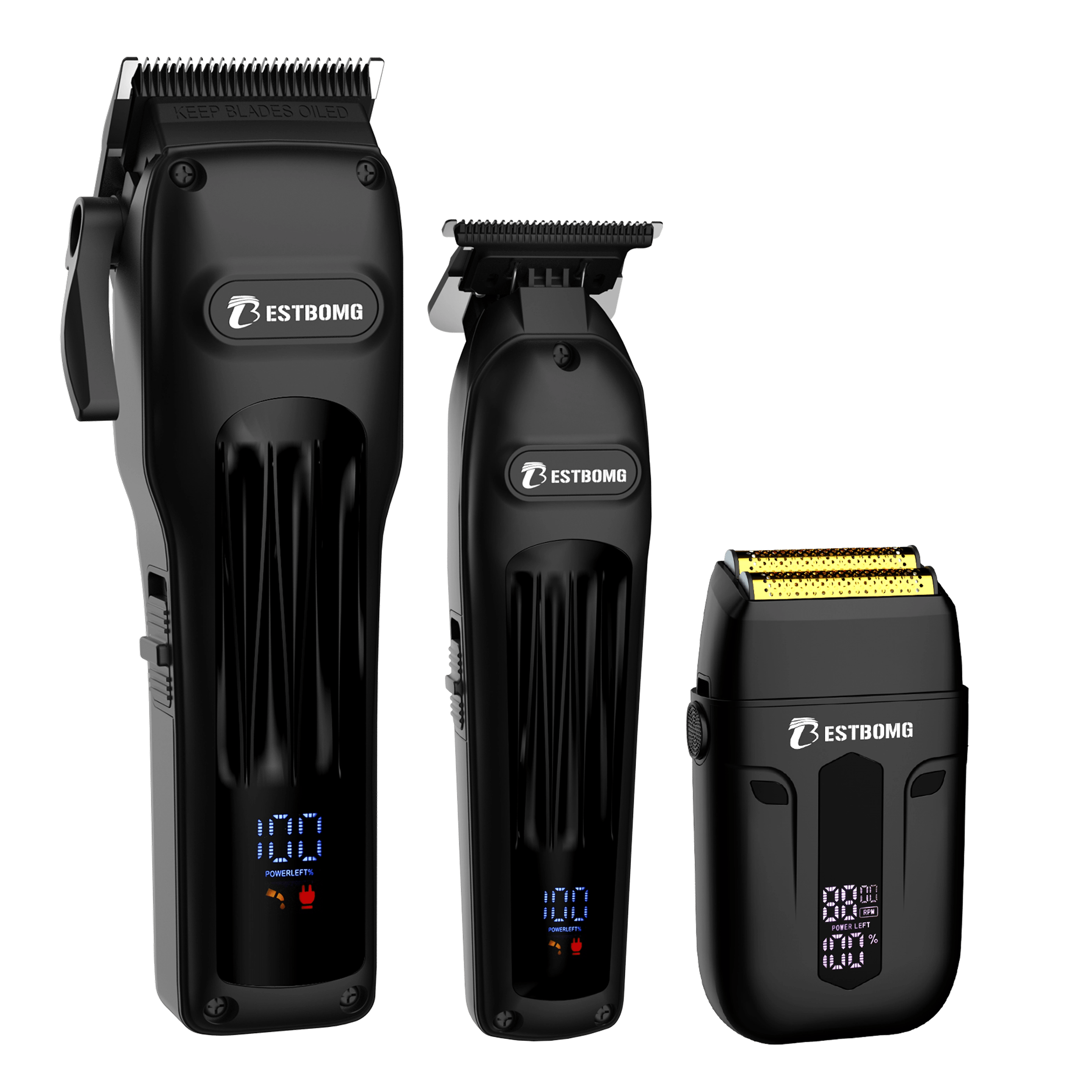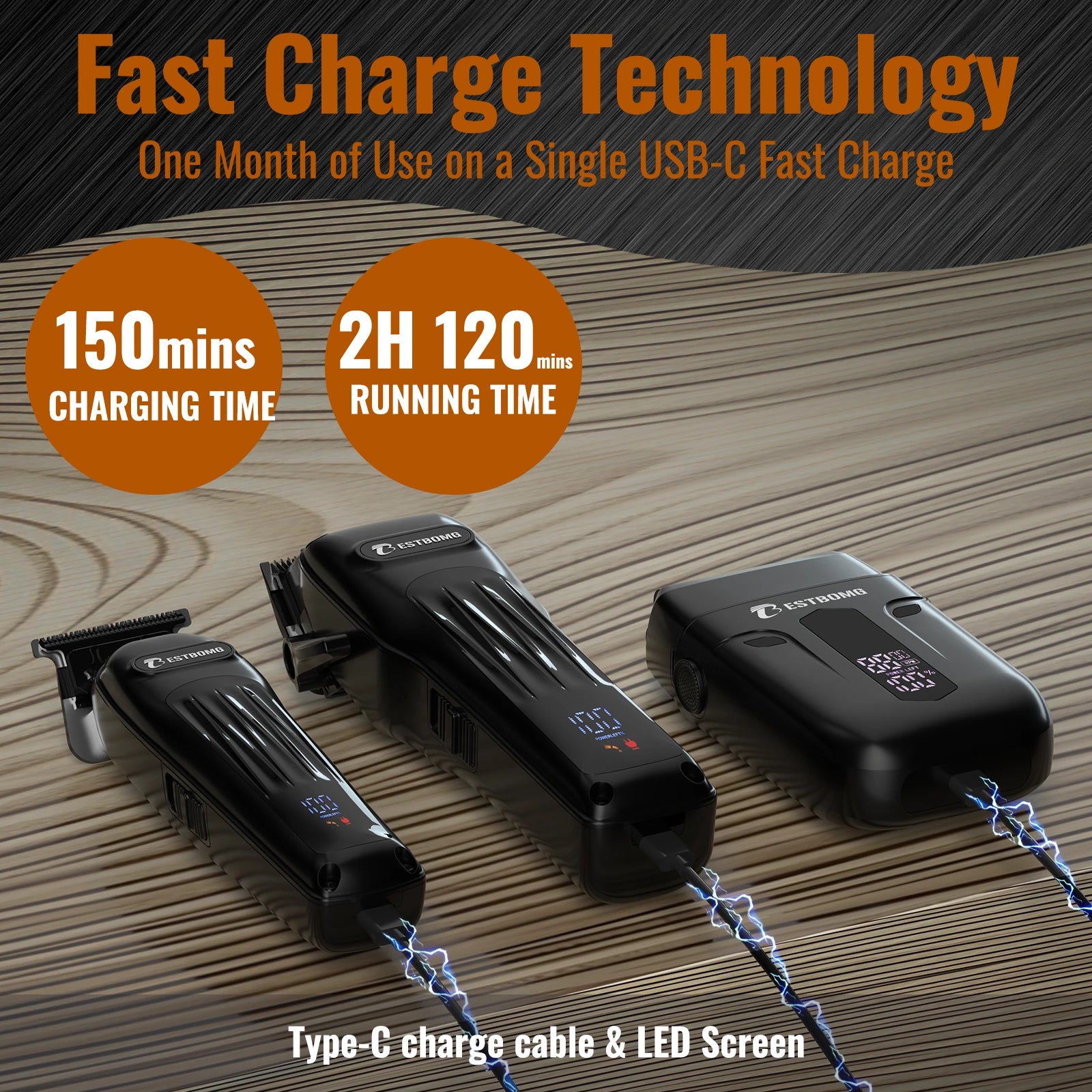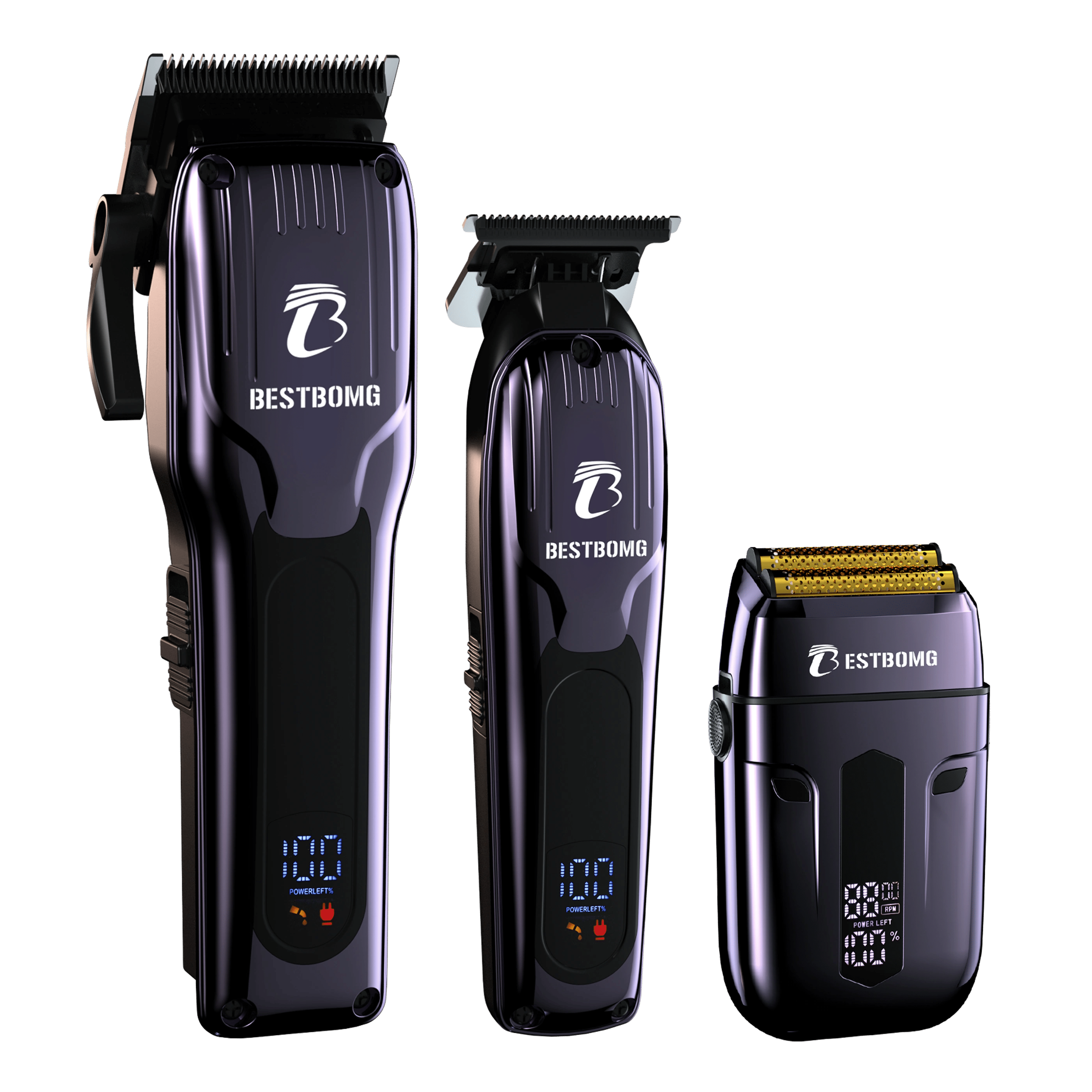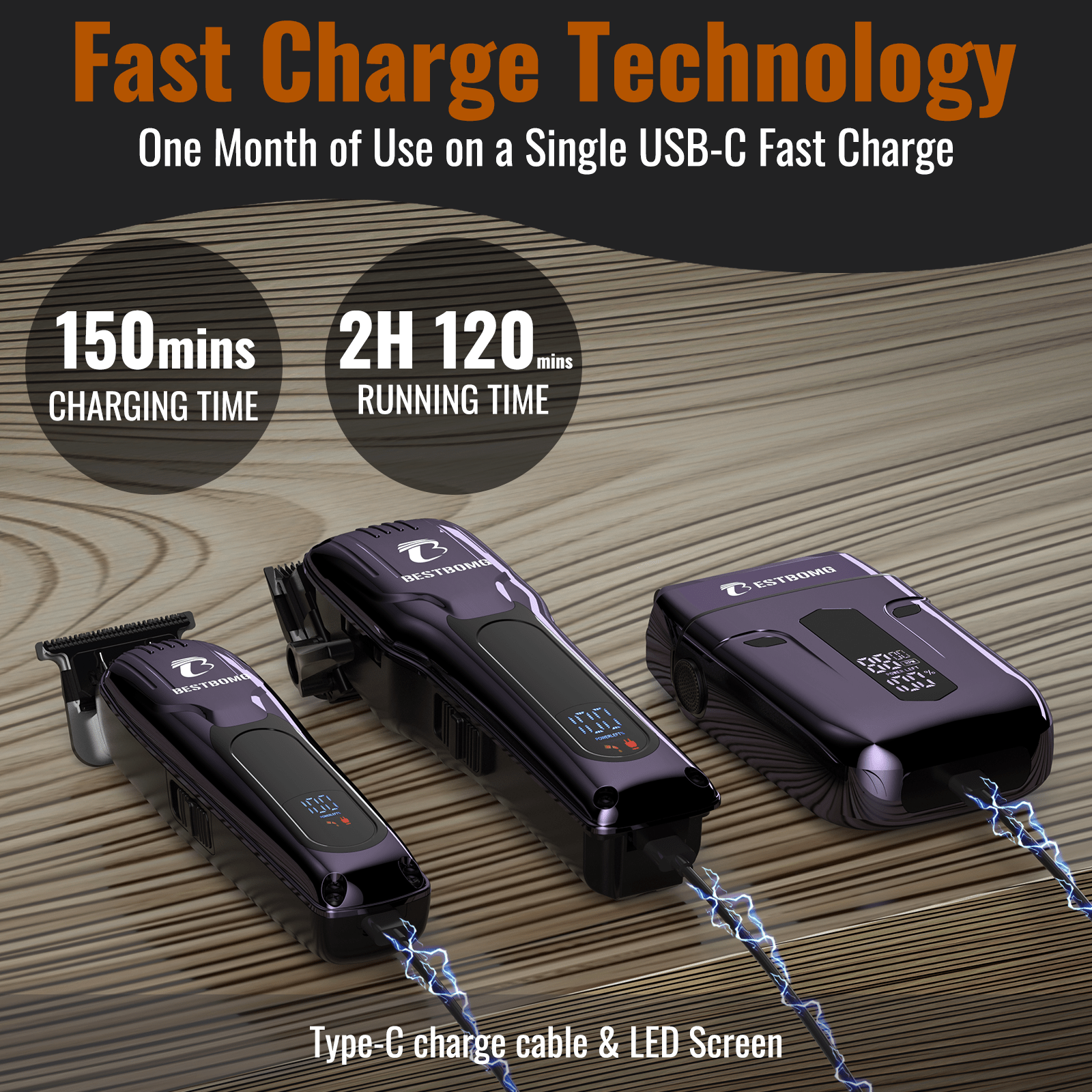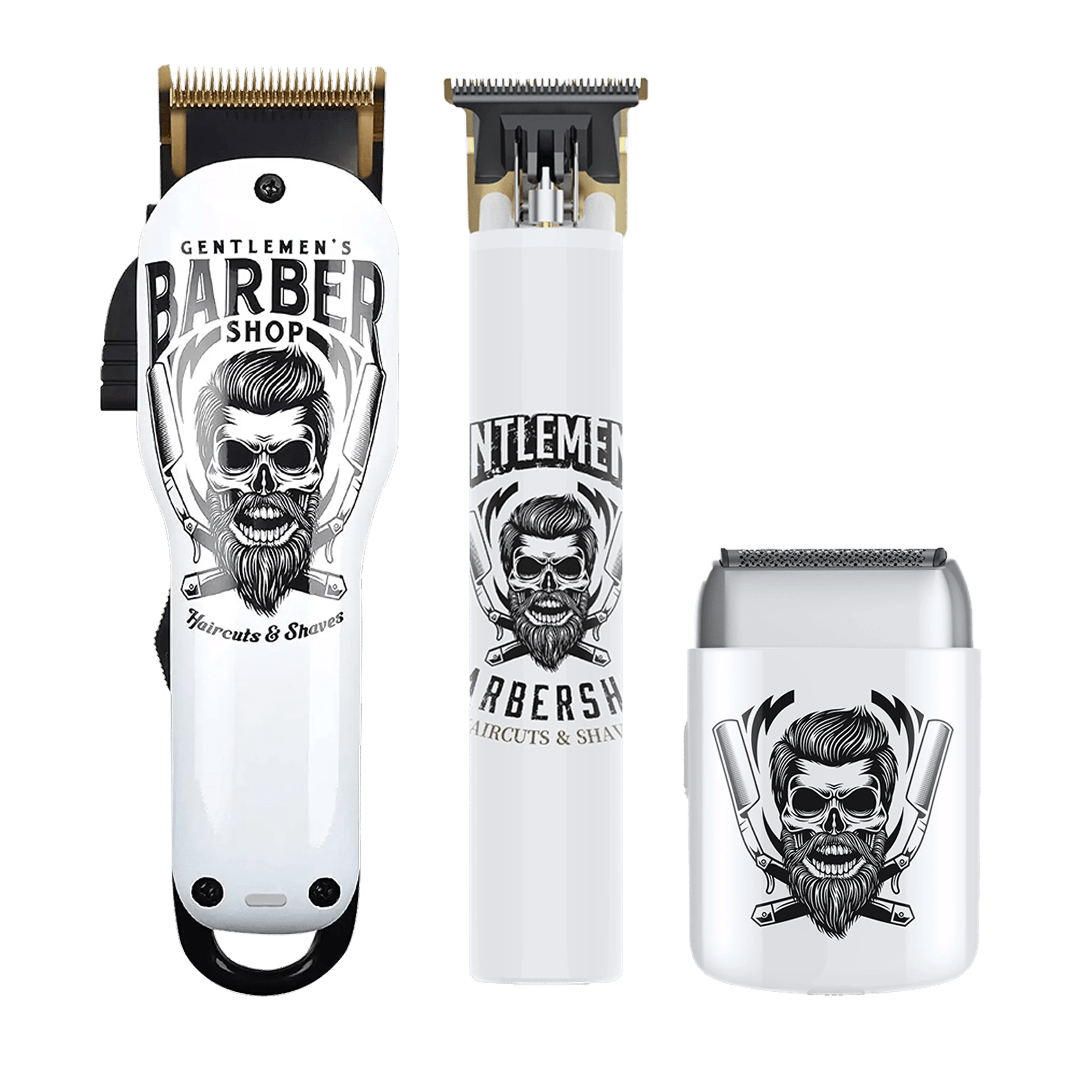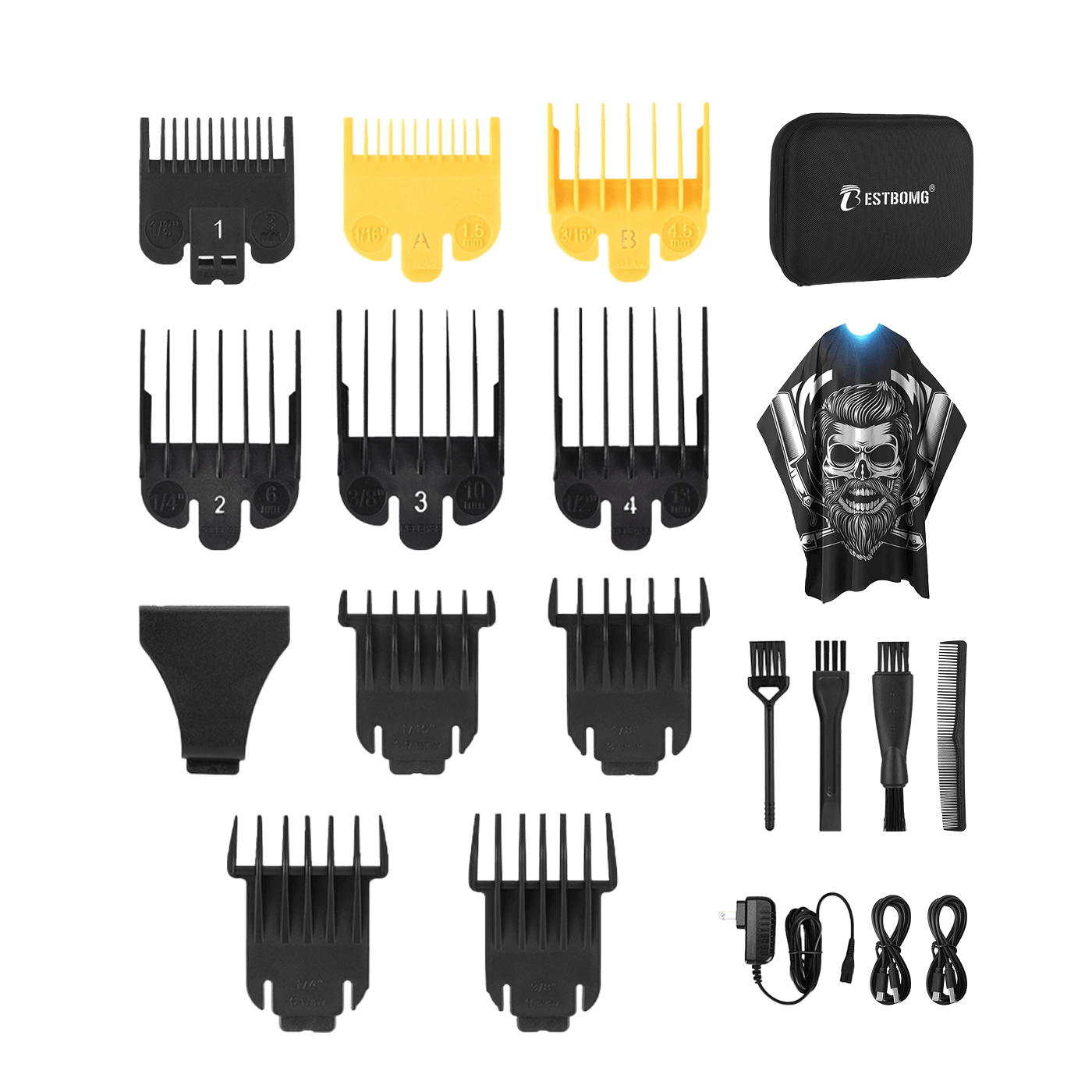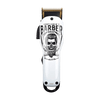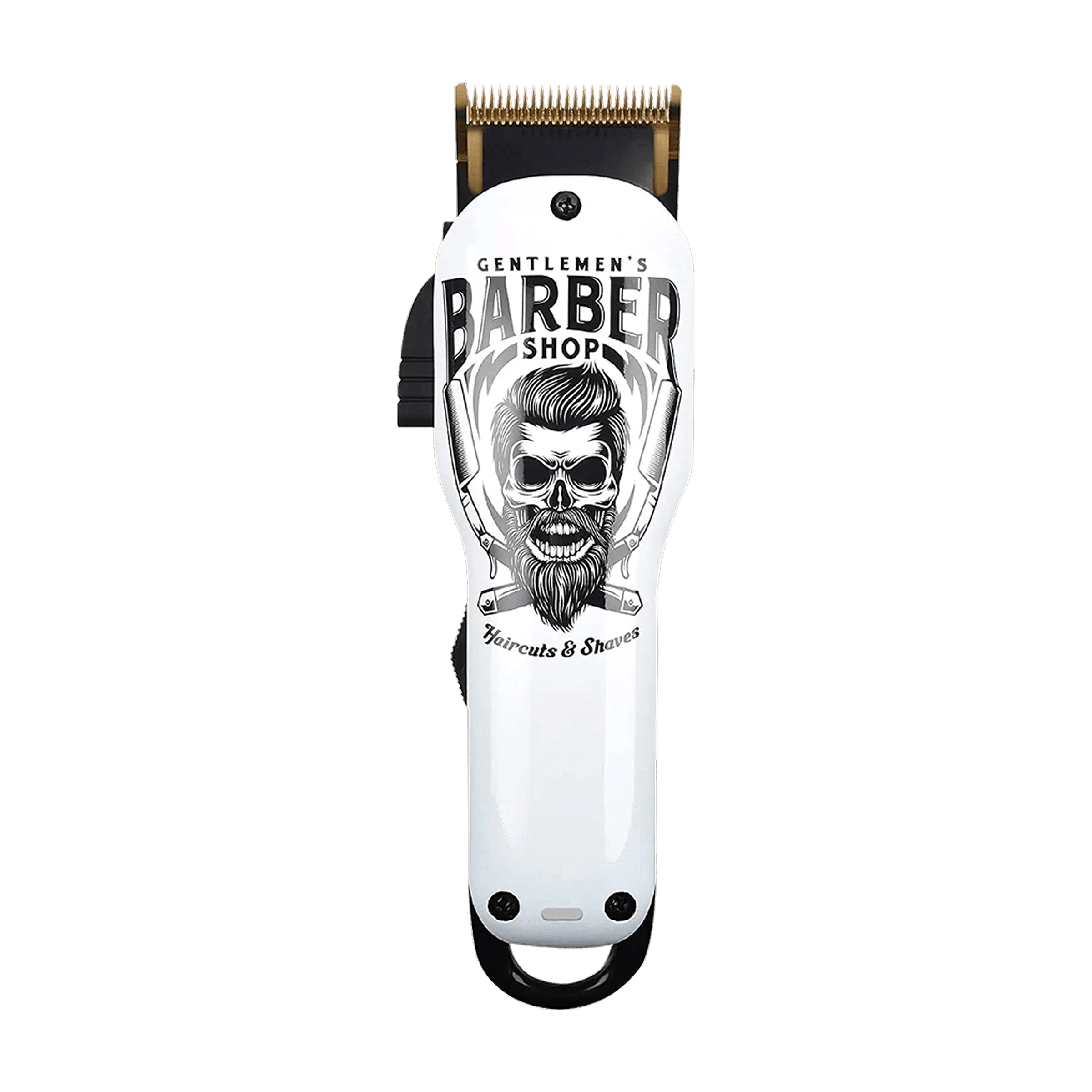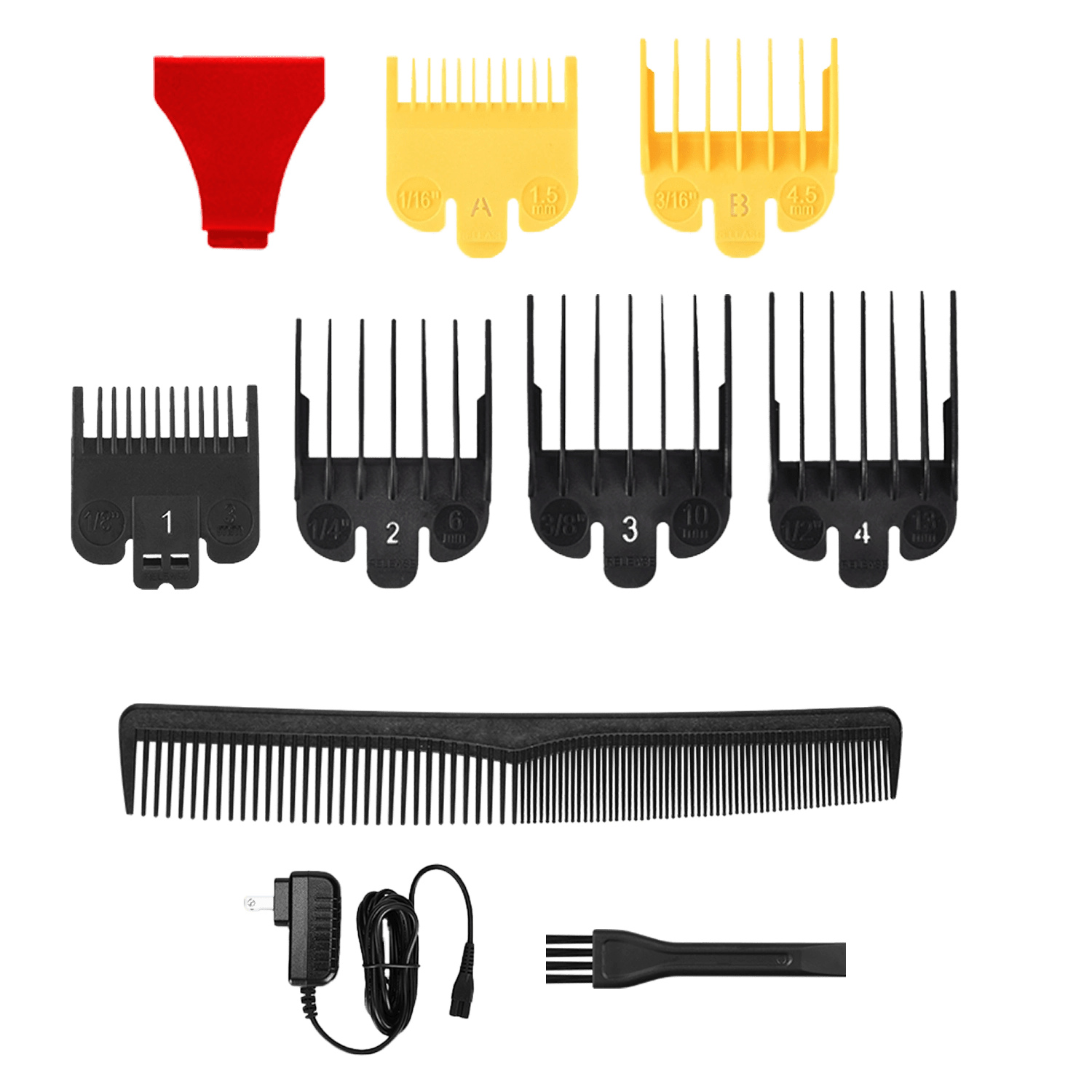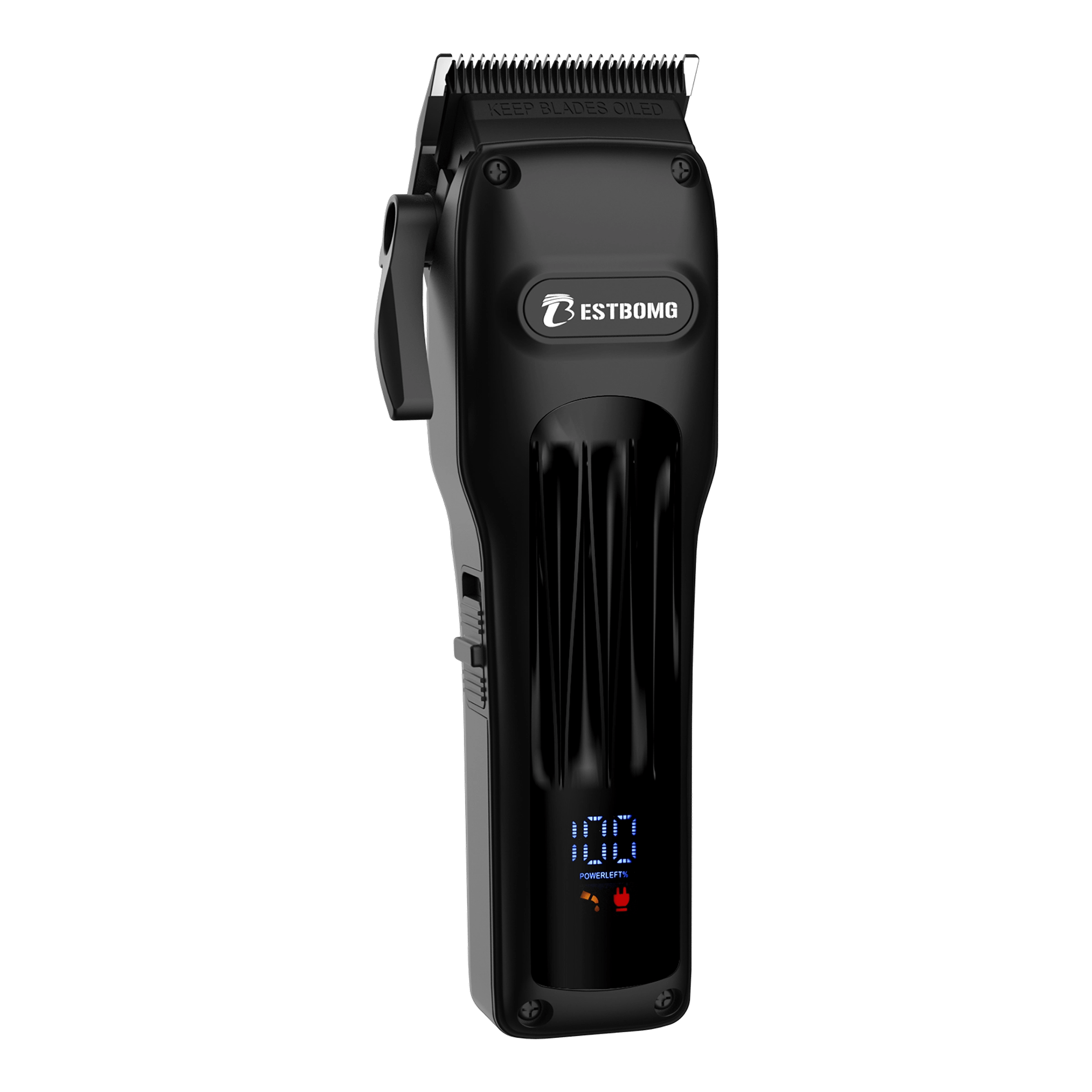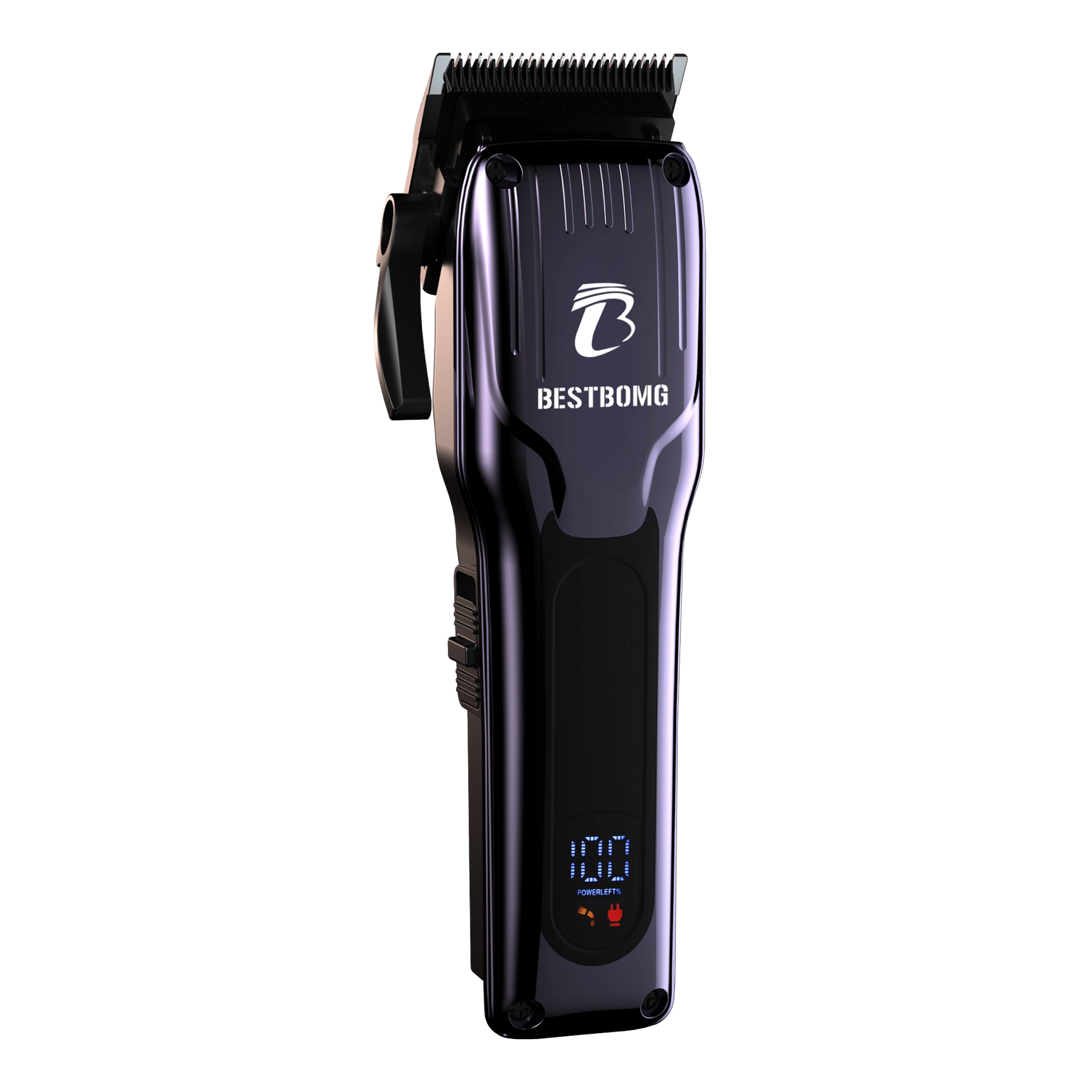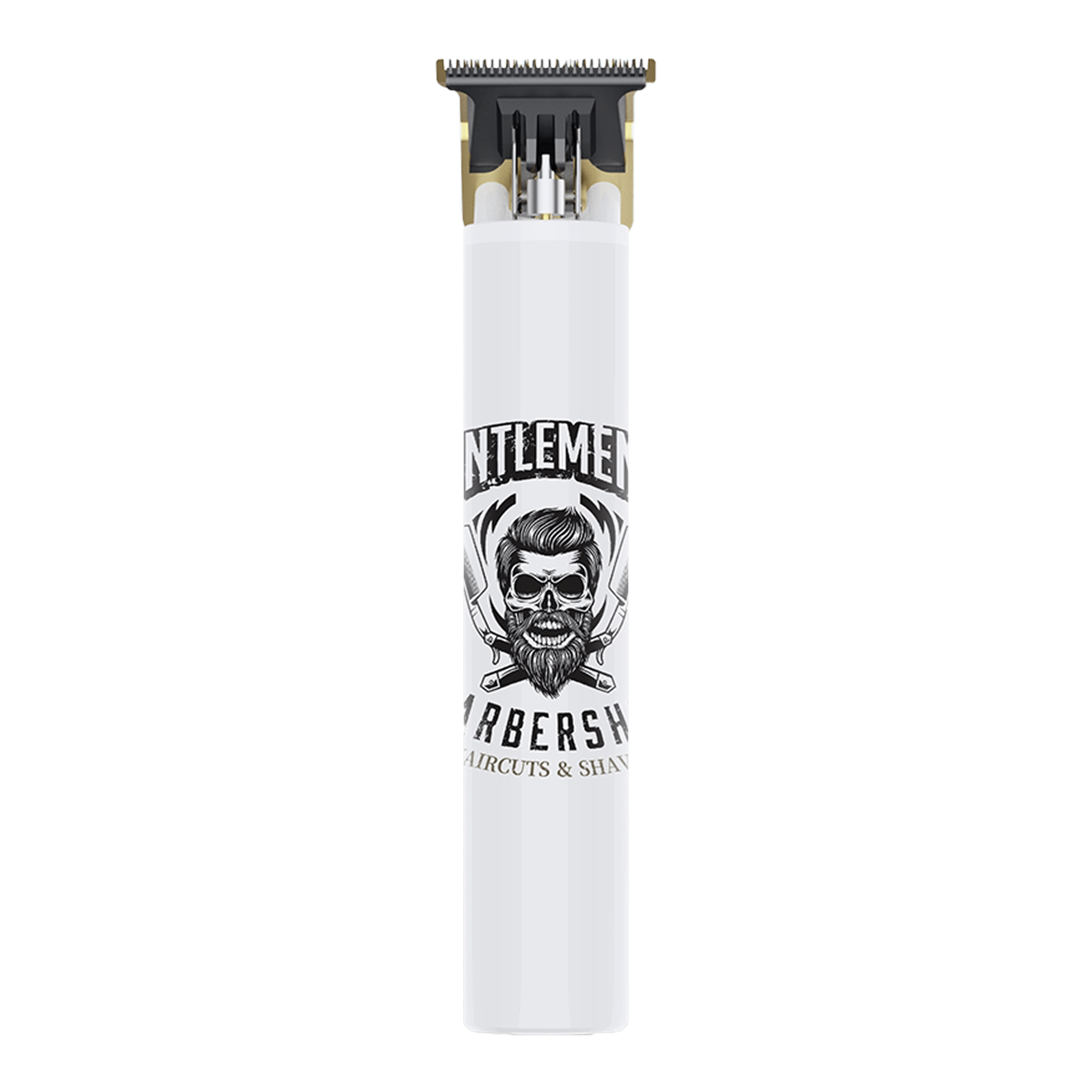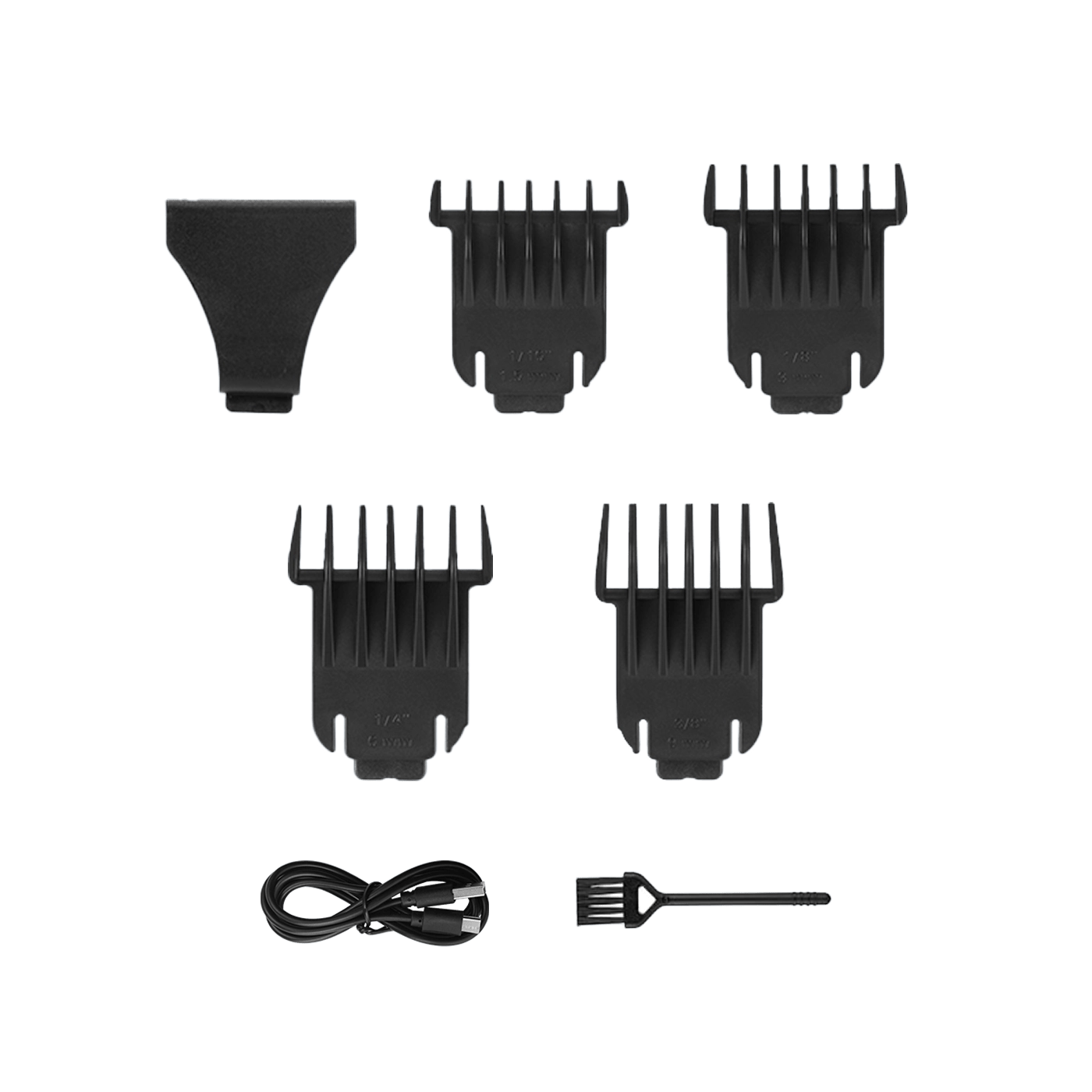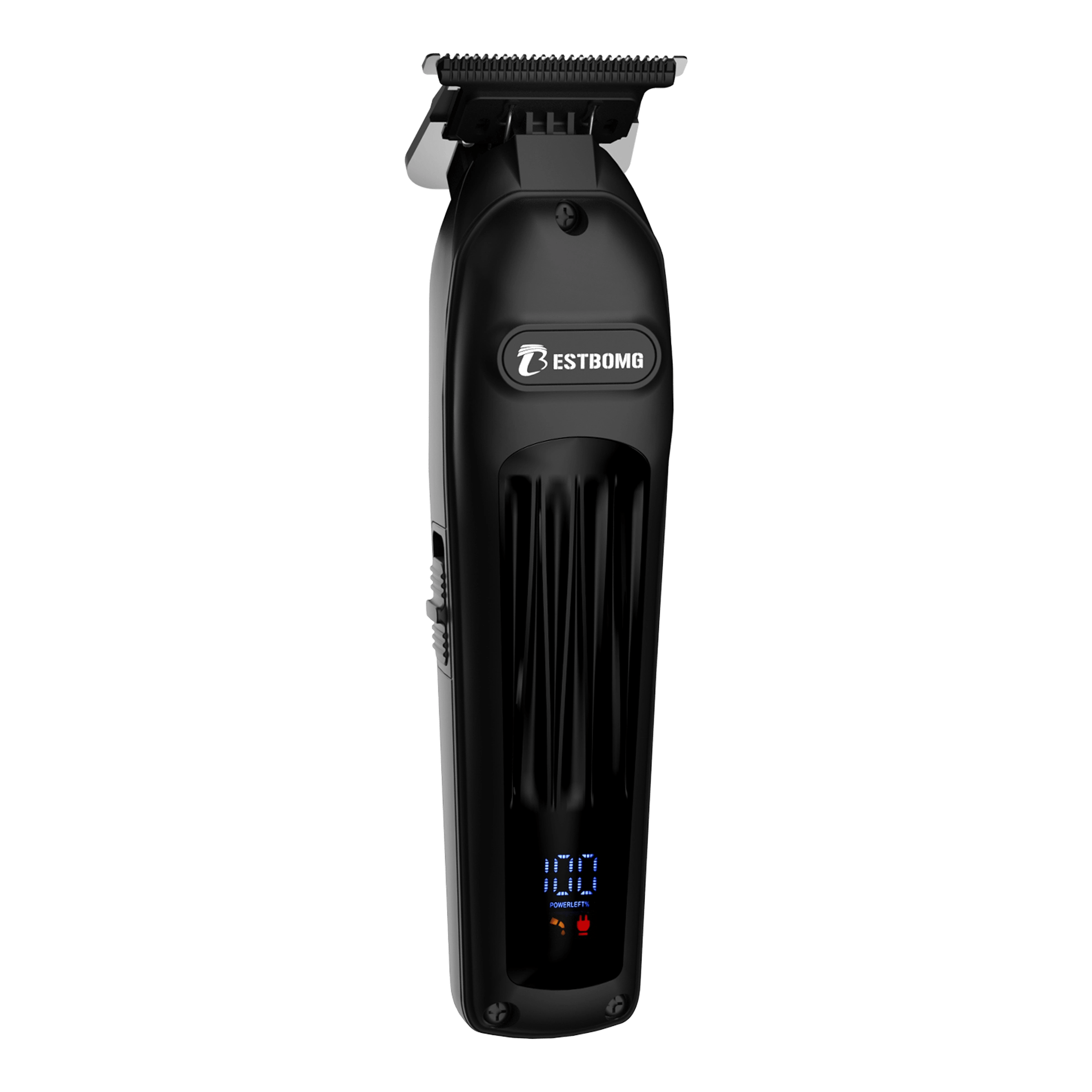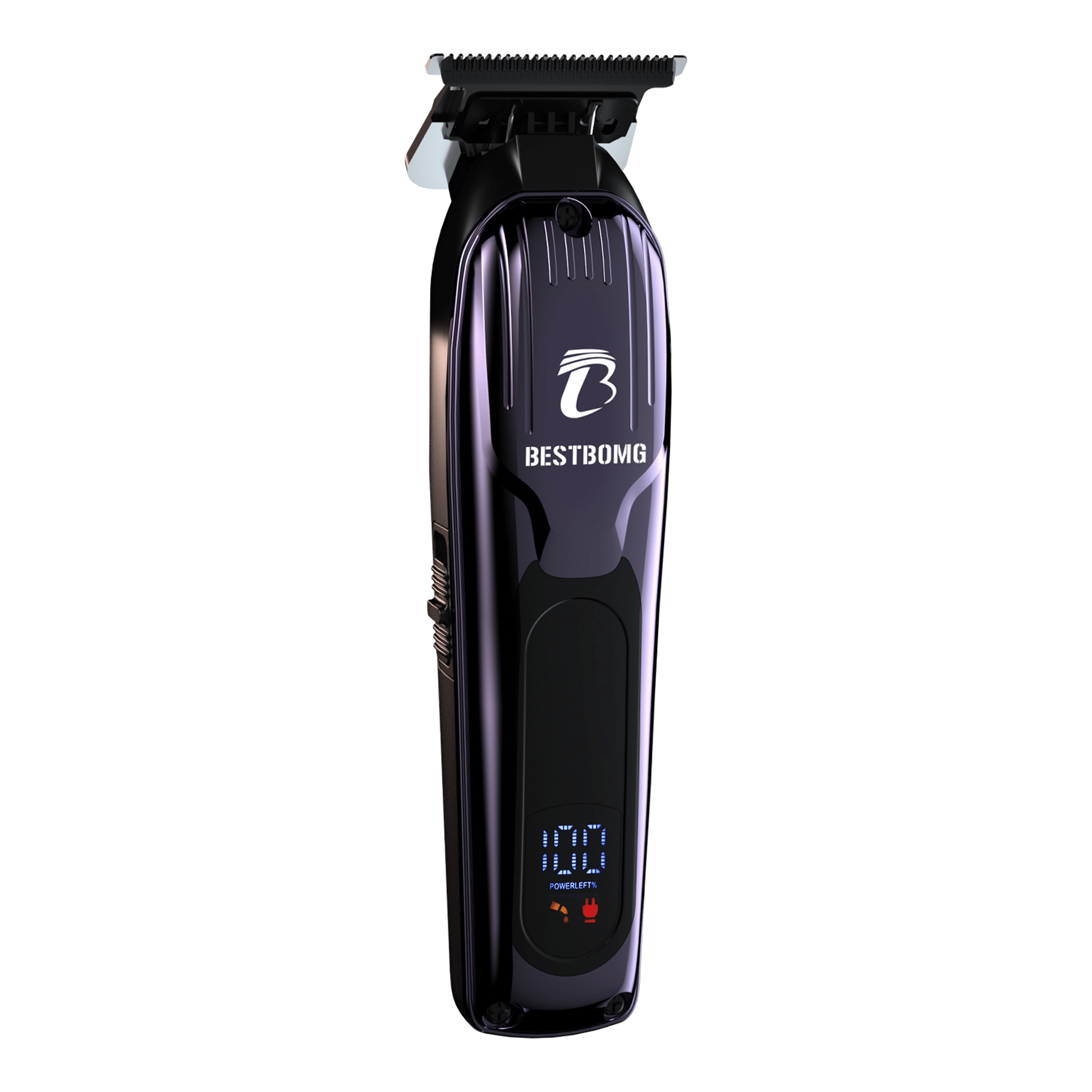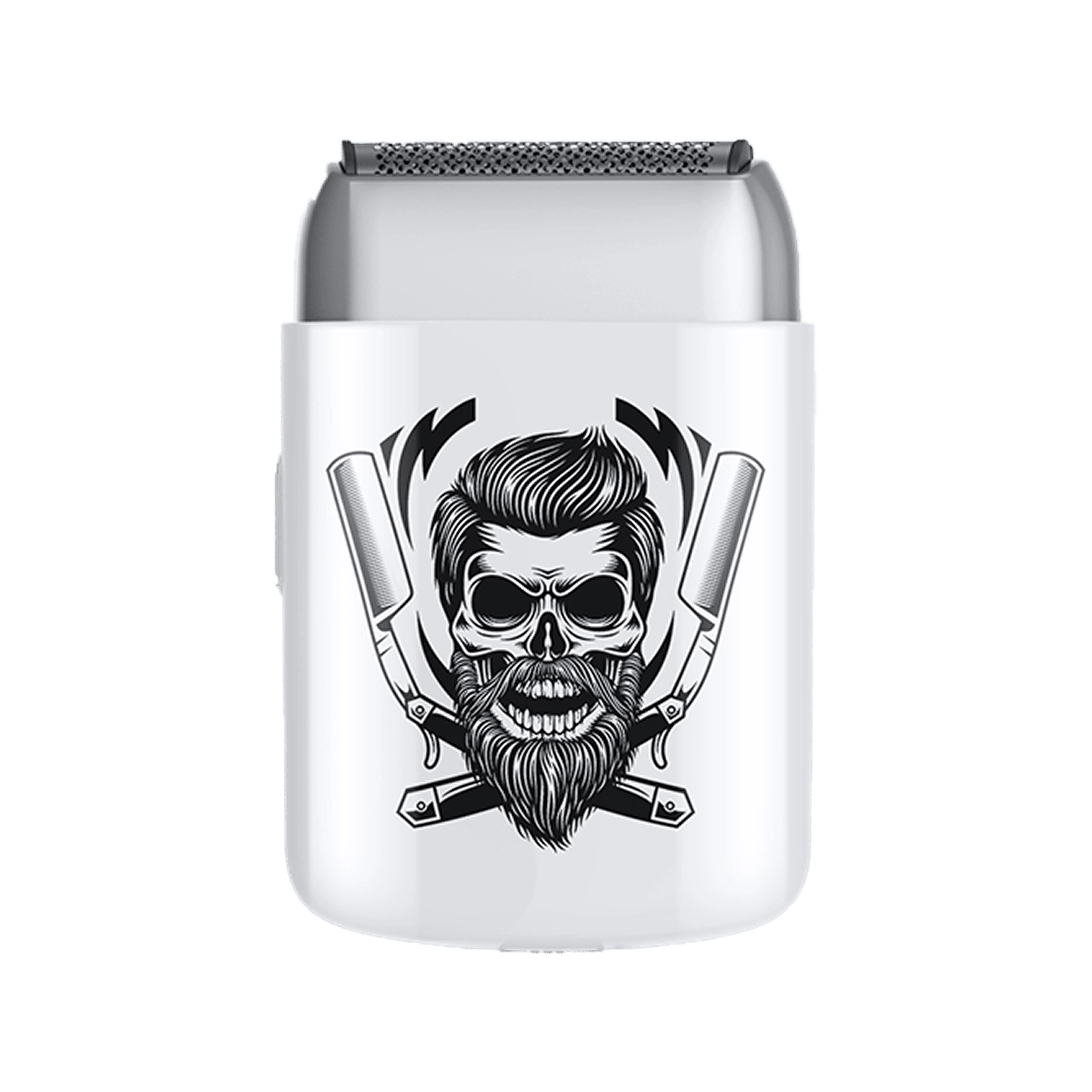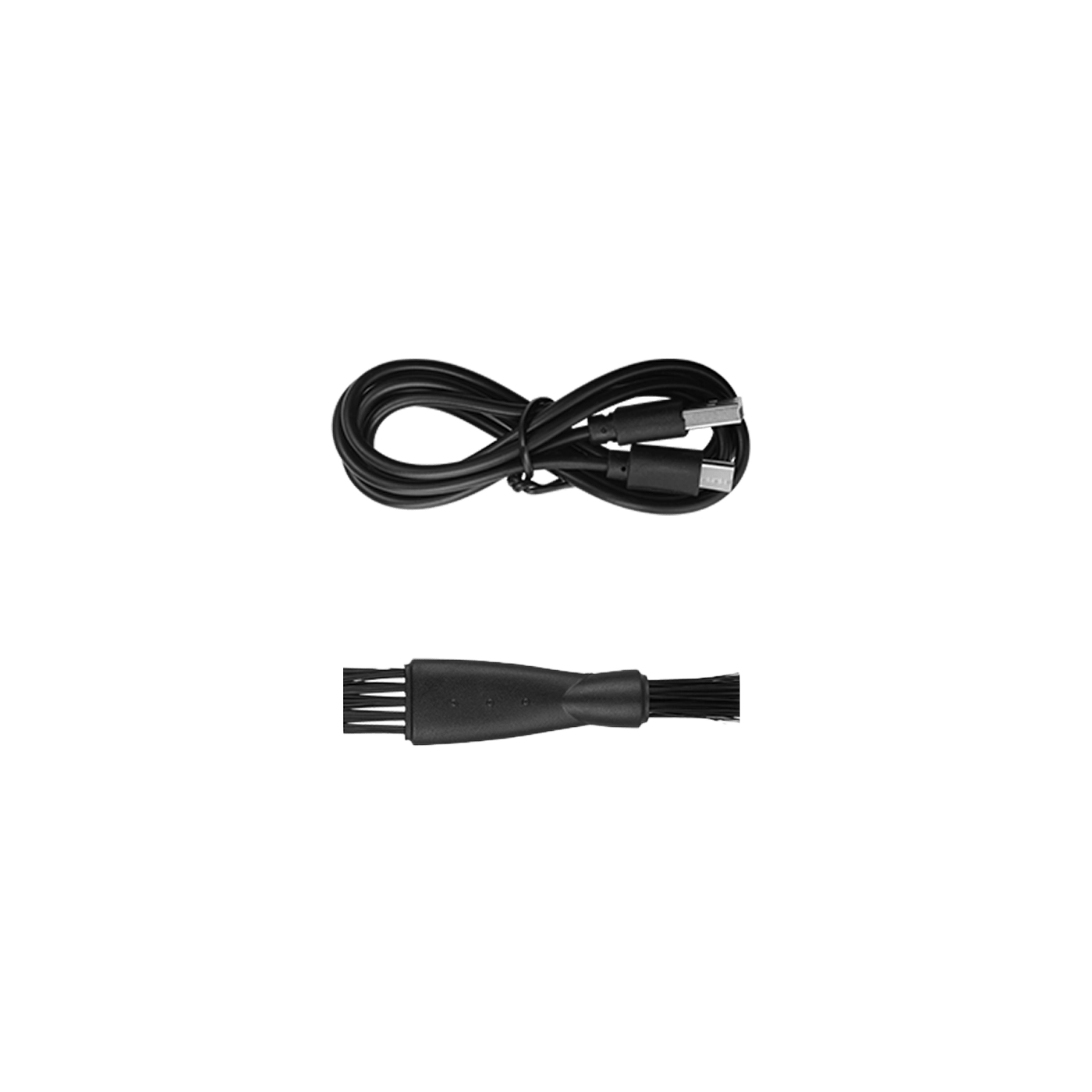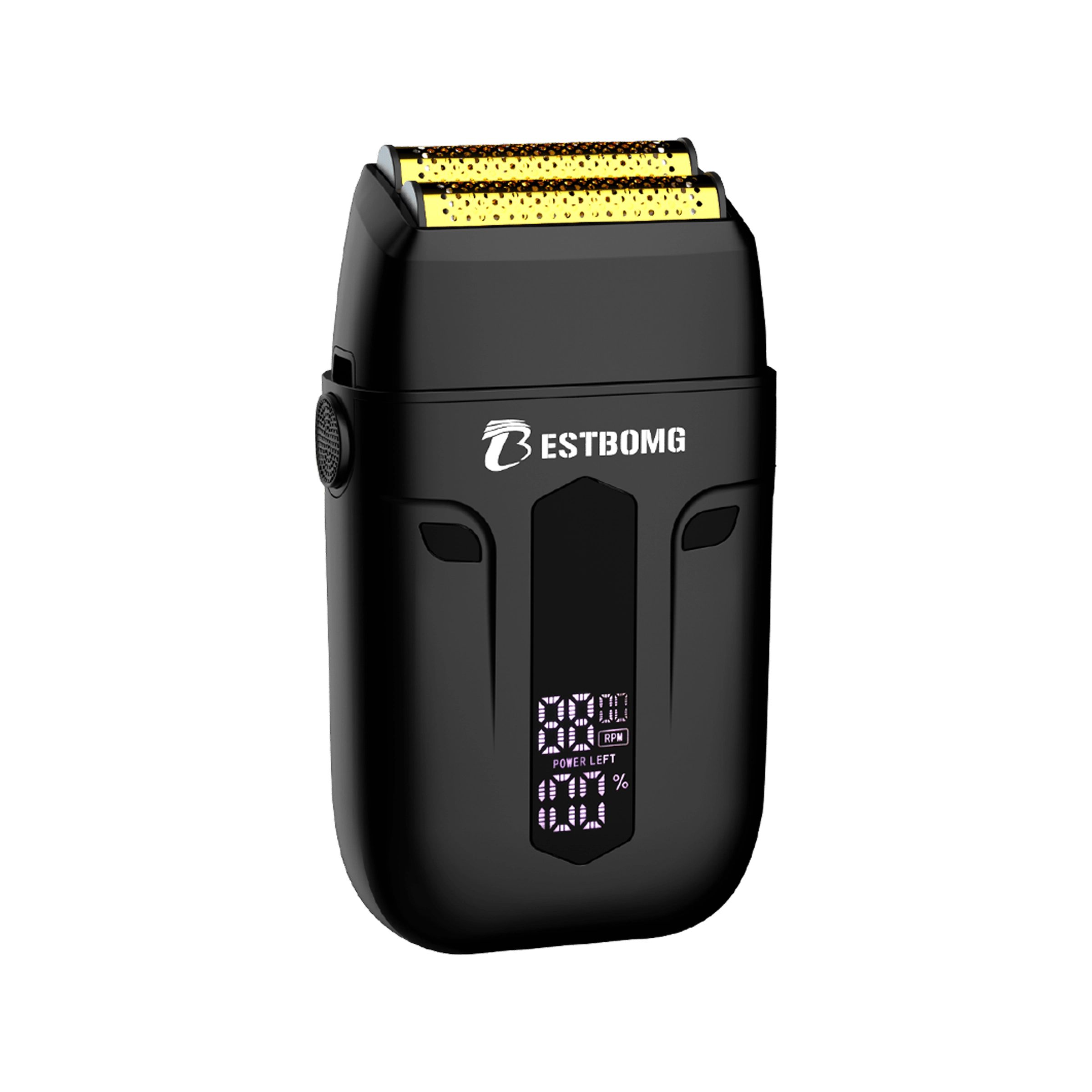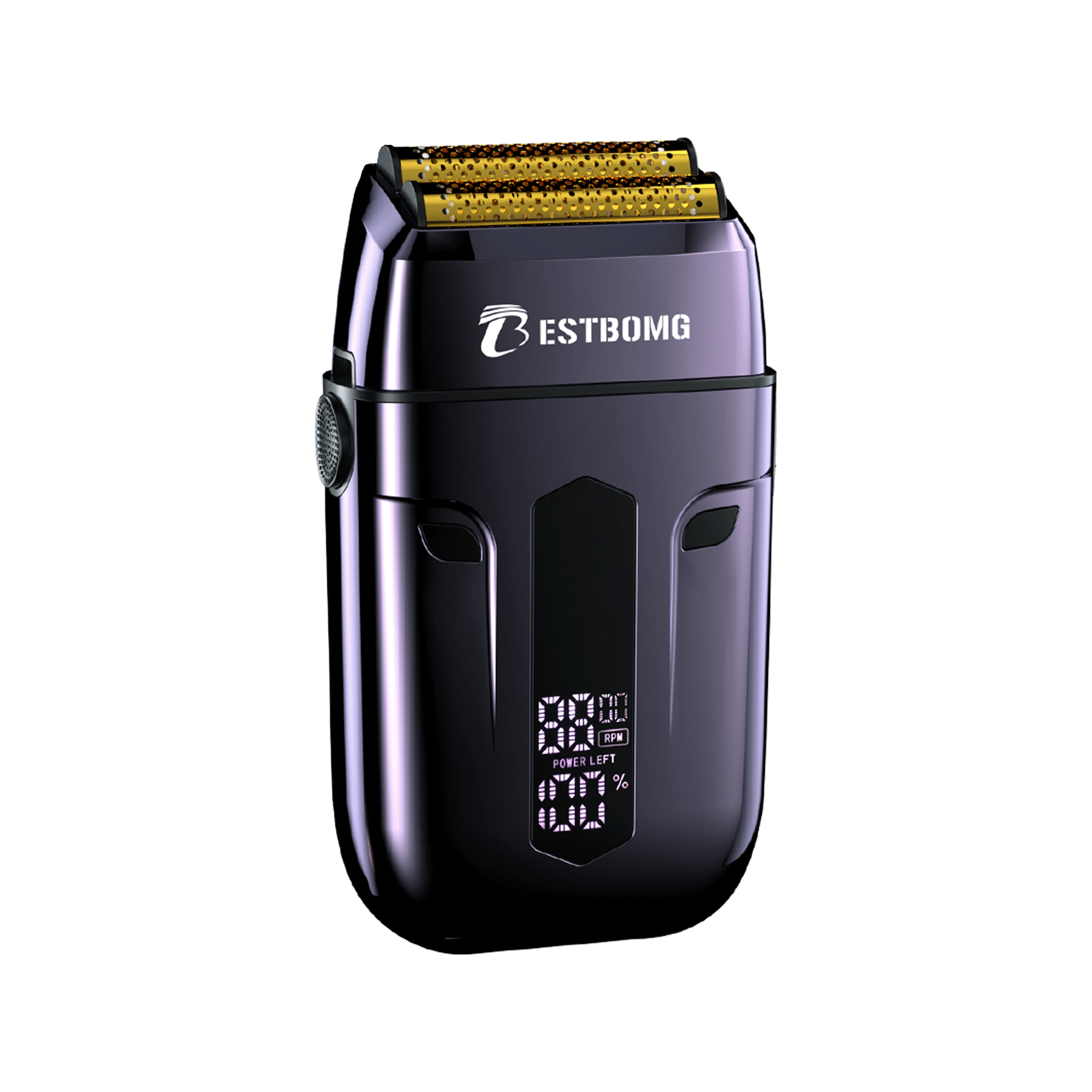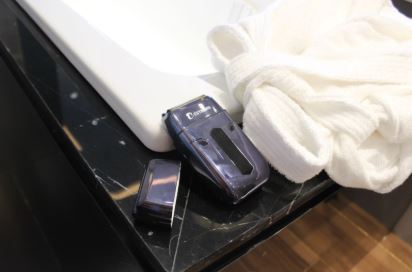If you want a shave that’s close, quick, and gentle, a foil shaver is made for you. In plain English, a foil shaver hides fast‑moving straight blades under a thin, perforated metal screen (the “foil”). Hairs slip through the tiny holes; the hidden blades slice them off at skin level while the foil protects your skin. That’s why foil shavers feel precise and low‑irritation, especially when you shave most days.
Below, you’ll find a simple, complete guide: what a foil shaver is used for, how foil shavers work, when to choose foil over rotary or a manual razor, step‑by‑step technique (wet and dry), maintenance, common mistakes, and quick product picks if you’re building your grooming kit.
Quick answer: what does a foil shaver do?
- Gets you close: the ultra‑thin foil lets stubble reach the cutters, so hair is cut right at skin level with light pressure.
- Stays gentle: the foil screen separates skin from the blades, which helps reduce nicks and irritation.
- Excels at straight lines: the flat head favors short, straight strokes, so cheek lines, sideburns, and necklines are easy to keep sharp.
How does a foil shaver work? (The simple version)
A foil shaver head is a tiny system working in sync:
- Foil screens — ultra‑thin metal sheets with micro‑holes that capture hairs and shield your skin. Many heads mix hole patterns to catch short and flat‑lying hairs.
- Oscillating cutters — straight blades move side‑to‑side at high speed under the foil to shear hairs at skin level.
- Floating/suspension — the foils flex so contact stays even and gentle across curves.
- Center “pre‑trimmer” (on many models) — a middle bar designed to lift and pre‑cut longer hairs so the outer foils can finish close.
Some premium foils add sharper inner blades (for example, Panasonic’s 30‑degree nano‑polished blades) and high‑speed motors to keep cutting power steady.
What is a foil shaver used for? (Real‑world use cases)
Daily face shaving with a close, even finish
If you shave most days, a foil shaver is ideal: quick passes, consistent closeness, and minimal pressure. Brand guides often position foils as the easier, more precise option for everyday shaving.
Clean cheek lines, sideburns & necklines
Because the head is flat and you use straight strokes, it’s easy to keep edges crisp and symmetrical.
Finishing bald fades and stubble clean‑ups
Barbers use foil shavers to “finish” fades (taking the last shadow to smooth skin) after clippers do the bulk work. Schools and brands teach this exact sequence.
Head shaving on flatter scalp areas
On top and the flatter sides of the scalp, foils deliver very close results with light pressure. (For highly curved zones, some people prefer rotary shavers—see below.)
Not for every body area
Use the right tool for the job: facial foil shavers are designed for the face/head. For below‑the‑neck grooming, manufacturers recommend dedicated body groomers with guards (e.g., Philips Bodygroom for chest, armpits, groin). That’s better for comfort, hygiene, and safety.
Foil vs. rotary vs. razor: when to choose which
|
Tool |
Best when you… |
Motion |
Strengths |
Considerations |
|
Foil shaver |
Shave daily/near‑daily, value precision |
Straight, overlapping strokes |
Very close electric shave on flat areas; great for lines |
Louder “buzz”; can need angle changes on curvy zones |
|
Rotary shaver |
Shave every 2–5 days, have curvy jaw/neck |
Slow circles |
Comfortable on contours; gathers mixed‑direction growth |
Not as line‑precise; some feel slightly less “glass‑close” on flat areas |
|
Manual razor |
Want bare‑skin closeness & don’t mind prep |
Conventional strokes with lather |
Closest finish possible |
Slower; higher risk of nicks/irritation; more prep/consumables |
Braun’s consumer guides summarize it similarly: foils are smooth and precise (often easier for beginners), while rotaries shine around curves and on less frequent shaves. Electric shaving in general is faster and needs less prep than traditional cartridge shaving.
How to use a foil shaver (step‑by‑step)
Dry method (fastest)
- Prep — If your growth is 3–5+ days, pre‑trim with a clipper or the shaver’s pop‑up trimmer so the foils don’t chase long hairs. Dry your face completely.
- Hold at ~90° — Keep the foil flat to your skin; foil shavers use straight strokes, not circles.
- Light pressure — Let the motor cut; pressing hard bends skin into the foil and reduces comfort.
- Short, overlapping strokes — Work cheeks → jaw/chin → neck → mustache area. If you’re sensitive, start with your most sensitive zones while the head is coolest.
- Second, gentle pass — Change direction slightly on stubborn patches (especially on the neck).
- Clean right away — Tap out clippings, brush the cutter block, or rinse if your model is waterproof. A drop of oil on the cutter block occasionally can reduce heat and wear.
Wet method (for extra comfort)
- Wash and rinse your face.
- Apply a thin gel/foam (only if your model is wet/dry).
- Shave with the same flat angle and short straight strokes.
- Rinse/clean the head per your model (avoid brushing the delicate foil itself). Brand pages outline wet vs. dry pros and cleaning tips.
Pro tips for tricky spots
- Neck swirls: stretch the skin gently; use very short strokes from two directions.
- Adam’s apple/jaw curve: tilt your head to flatten the surface; do a light pass with the grain, then a second against if needed.
- Sideburns & cheek lines: use the shaver’s edge and straight strokes—this is where foils excel.
Maintenance: keep it close, cool, and consistent
- After each shave: empty hair, rinse if waterproof, and let it dry. Braun’s guides note that a drop of oil on the cutter block now and then helps the mechanism run cooler and smoother.
- Deep clean: if you use gel/foam, rinse thoroughly so residue doesn’t gum up the head. Clean‑and‑charge stations wash, lubricate, and charge automatically.
- Replace on schedule: Braun recommends replacing the foil & cutter about every 18 months to maintain peak performance (actual timing depends on beard type/frequency).
Common mistakes (and quick fixes)
- Pressing too hard → lighten up; foils shave best with gentle contact.
- Using circular motions → switch to short, straight strokes; circles are for rotary shavers.
- Skipping the pre‑trim on longer growth → clip first, then shave.
- Neglecting cleaning → rinse/brush after each shave; lubricate occasionally per brand guidance.
Buying checklist: what to look for in the best foil shaver for face
- Multi‑foil cassette + center pre‑trimmer (captures mixed hair lengths efficiently).
- Floating/suspension head (keeps contact even with light pressure).
- High‑speed motor + sharp inner blades (Panasonic’s 30‑degree inner blades are a common benchmark).
- Wet/dry rating if you like shaving with gel/foam or in the shower.
- Easy cleaning & readily available replacement heads (expect ~18 months for many foils).
Budget‑friendly picks to start with
- BESTBOMG Y4 Electric Shaver — 6500 RPM motor, around 80 minutes cordless on about 1.5‑hour charge, and waterproof for easy rinsing; compact for gym bags and travel.
- BESTBOMG Premium Electric Shaver — dual floating foils, 8500 RPM motor, USB‑C fast charging, and IPX7 waterproofing for convenient wet/dry use.
Where do trimmers and clippers fit?
- Trimmers outline and detail (cheek line, mustache borders, neckline).
- Clippers remove bulk length on head hair or longer beards using guards.
- Foil shaver makes the bare‑skin areas smooth (face/neck; finishing fades). Barbers commonly combine these tools—clippers for length, trimmers for edges, foil to clean to the skin.
Bottom line
A foil shaver is built for close, precise, and comfortable shaving. It shines when you shave often, want clean lines, and prefer light pressure with minimal fuss. Use straight, overlapping strokes; pre‑trim longer growth; clean the head after every shave; and replace the cassette as recommended to keep that brand‑new performance.
Frequently Asked Questions
What is the point of foil shaving?
A foil shaver provides a very close electric shave with light pressure and strong edge control. The screen guides stubble into the cutters while protecting your skin, which is why many daily shavers prefer foils for comfort and precision.
Is it better to use a razor or a foil shaver?
A manual razor can shave slightly closer, but it’s slower and more nick‑prone. A foil shaver gives a near‑skin result quickly, with fewer nicks and less prep—especially useful for daily routines.
Is a foil shaver good for the body?
Use tools designed for the area. For below‑the‑neck grooming (chest, armpits, pubic area), use a body groomer with guards. Manufacturers specifically recommend body devices (e.g., Philips Bodygroom) instead of facial shavers for sensitive zones.
What are the disadvantages of foil shavers?
They can be noisier (that high‑frequency buzz), may need more angle changes on the chin/Adam’s apple, and work best on shorter stubble (pre‑trim long growth). Multi‑foil heads and center pre‑trimmers help with flat‑lying hairs.
How do foil shavers work—and how should I use one?
Foils use oscillating cutters under a perforated screen; use short, straight strokes with light pressure, keeping the head flat to your skin. Shave dry for speed (or wet if your model supports it). Clean after each use and replace the head on schedule for best results.
Weiterlesen
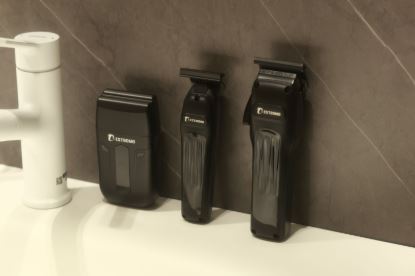
How to Use a Foil Shaver: Step-by-Step Guide for Smooth Results
Want a shave that’s close, quick, and gentle? This guide shows you exactly how to use a foil shaver—from prep to final rinse—plus pro tips for sensitive skin, tricky neck hair, and keeping your sha...
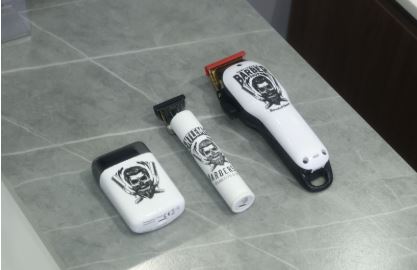
How to Use Clippers to Cut Hair: Beginner’s Guide + Guard Numbers Explained
Cutting hair at home is absolutely doable—even if you’re brand‑new. This guide shows you how to use clippers to cut hair step‑by‑step, explains guard numbers, and shares beginner‑friendly “recipes”...
